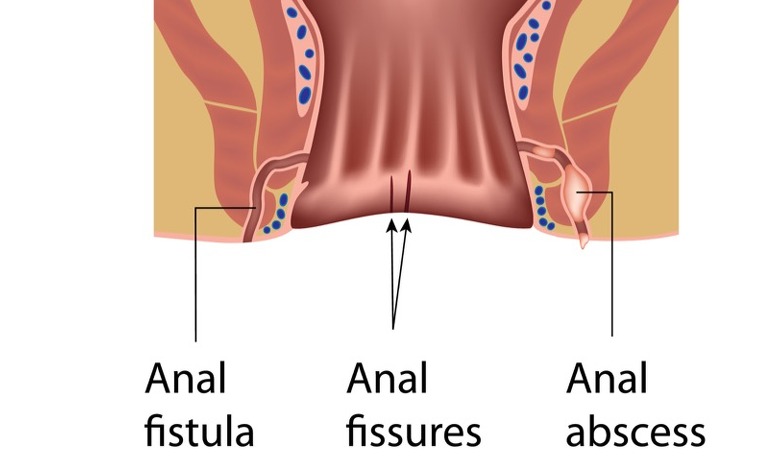A fistula is an anomalous link or passageway that connects two organs or vessels that do not habitually connect. They are formed between an intestine and the skin or between the vagina and the rectum. Some common fistulas include:
Urinary Tract Fistulas
Urinary tract fistulas are formed within the urinary tract organ connecting the track with another organ. There are mainly three types of urinary tract fistula. They are:
- Vesicouterine fistula connecting the bladder and the uterus.
- The Vesicovaginal fistula develops a hole between the bladder and the vagina.
- The Urethrovaginal fistula is formed connecting the urethra and the vagina.
Anal Fistulas
Anal fistulas are formed between the surface of the anal canal and the skin. Anal fistulas are categorized depending on the link formed in specific regions. They are categorized as:
- Anorectal Fistula connecting the anal canal and the skin around the opening.
- Rectovaginal or Anovaginal Fistula forms a hole develops between the rectum and the vagina.
- Colovaginal Fistula develops a connection between the colon and the vagina.

Other Fistulas include:
- Enteroenteral Fistula connecting two parts of the intestine.
- Enterocutaneous or Colocutaneous Fistula develops a connection of the skin with the small intestine or with the colon.
- Fistulas can be dangerous when left untreated causing infection of the organs, damage to the nerves surrounding the fistula and kidney failures.
What causes Fistula
Anal fistulas are developed when there is a collection of pus near the anus. This medical condition is termed as an anal abscess. In anal abscess treatment, the pus formed is drained out. In some cases, the pus drainage may not be complete leaving find pus which later develops to the fistula. People having previous reports of anal abscess have a high risk of developing an anal fistula. Others reasons to develop anal fistula include:
- Inflammation of the digestive system
- Infection of Colon
- Abscesses and Scarring
- Tuberculosis
- Surgery near the Anus
Some common symptoms associated with the occurrence of fistula include:
- Continuous urine passage
- Irritation and itchiness in the Genital Organs
- Infections
- Nausea and vomiting
- Severe pain
Treatment
Surgery to remove the fistula is termed as fistulectomy. The surgical procedure is finalized by evaluating the type of fistula and the area having the fistula. Diagnosing the presence of fistula is generally performed under anesthesia. An instrument named as the probe is passed through the anal opening examining the interior tract. The surgeon takes extra care in not causing an injury while passing the probe inside the opening. After completing the diagnose depending on the complexity of the fistula treatments are finalized.
The fistulectomy surgery is performed on an outpatient basis using a general anesthetic or a spinal. Before beginning the actual procedure three sections are identified.
- The external opening, around the anal opening on the outside.
- The track connecting the external and internal openings.
- The internal opening, which is evident only during the surgery.
- The fistulectomy surgery comprises removing 3 parts.
- This is accomplished by separating some sphincter muscles
